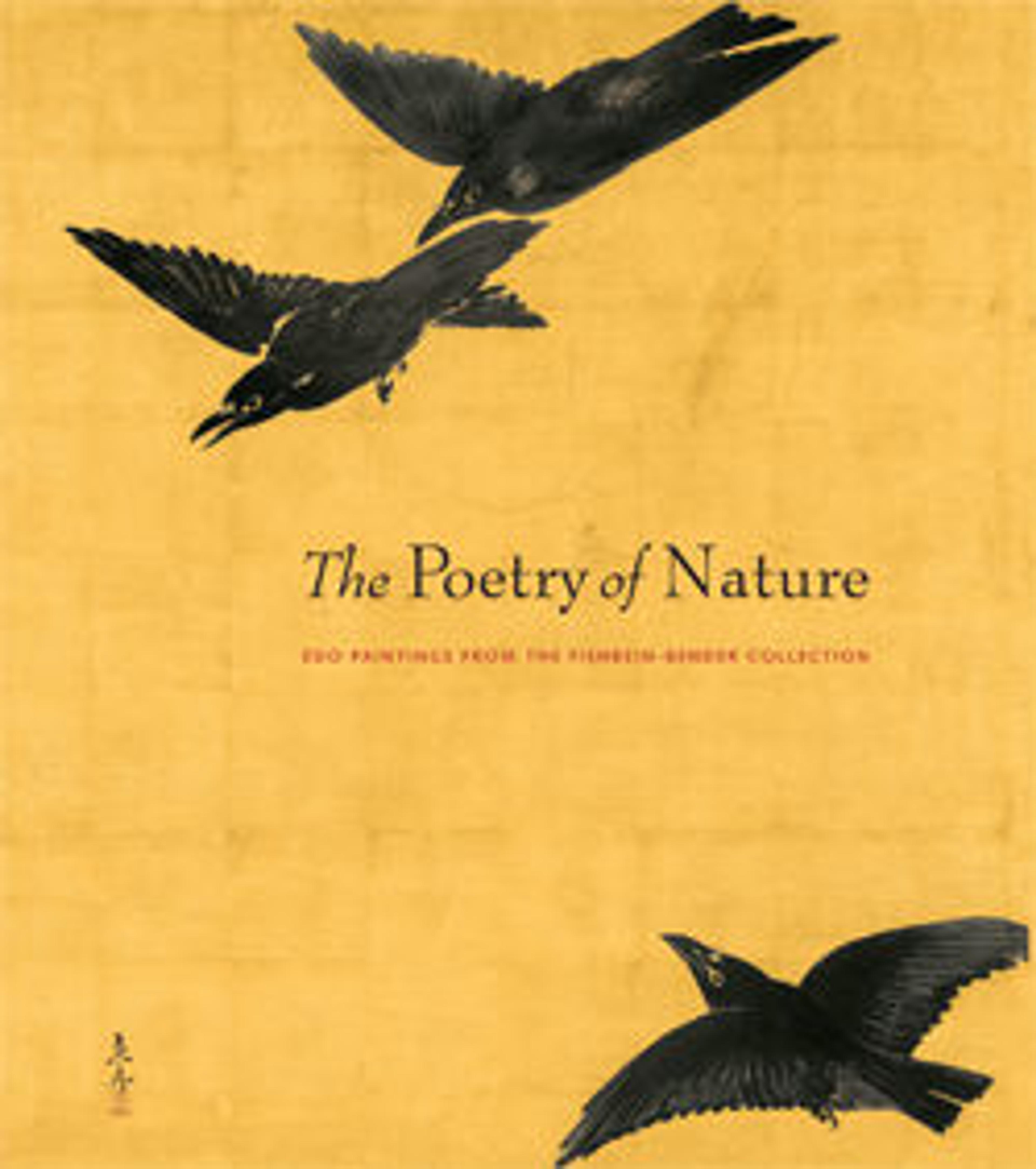For a hundred years [I have been] a person with no attachments
This single column of brusquely inscribed calligraphy—reading “For a hundred years [I have been] a person with no attachments” (百年無事人 Hyakunen buji bito)—implies that the artist himself or the recipient is a carefree person and reflects the priorities of a monk who trained in the spartan environment of a Zen monastery. Jiun Sonja’s calligraphies, which usually cite Buddhist sayings, are celebrated for their projection of energy, spontaneity, and forcefulness. Following in the tradition of medieval Zen calligraphy, this Edo monk’s handwriting manifests “flying white” in the brushstrokes. Instead of reinking his brush when it ran dry, Jiun intentionally left uninked areas within strokes to suggest a sense of intense and rapid brushwork.
Jiun Sonja was originally a monk of the Shingon sect of Buddhism, but was eclectic in his religious training. He studied Buddhist teachings of various sects, but also applied himself to the study of Chinese classics and Confucianism. He immersed himself in Sanskrit texts and was known as one of the greatest Sanskrit scholars of his day. In fact, he created “Zen” style Sanskrit calligraphy as well later in his life. Frustrated by his study of traditional Buddhist commentaries, Jiun turned to meditation and became a full-time practitioner of Sōtō Zen Buddhism. A scholar and prolific writer, from about age 70, Jiun dedicated himself to the study of Shinto, and authored books on the subject.
Jiun Sonja was originally a monk of the Shingon sect of Buddhism, but was eclectic in his religious training. He studied Buddhist teachings of various sects, but also applied himself to the study of Chinese classics and Confucianism. He immersed himself in Sanskrit texts and was known as one of the greatest Sanskrit scholars of his day. In fact, he created “Zen” style Sanskrit calligraphy as well later in his life. Frustrated by his study of traditional Buddhist commentaries, Jiun turned to meditation and became a full-time practitioner of Sōtō Zen Buddhism. A scholar and prolific writer, from about age 70, Jiun dedicated himself to the study of Shinto, and authored books on the subject.
Artwork Details
- 慈雲飲光筆 「百年無事人」
- Title: For a hundred years [I have been] a person with no attachments
- Artist: Jiun Onkō (Japanese, 1718–1804)
- Period: Edo period (1615–1868)
- Date: late 18th century
- Culture: Japan
- Medium: Hanging scroll; ink on paper
- Dimensions: Image: 46 1/2 × 10 7/8 in. (118.1 × 27.6 cm)
Overall with mounting: 74 × 11 5/8 in. (188 × 29.5 cm)
Overall with knobs: 13 5/8 in. (34.6 cm) - Classification: Paintings
- Credit Line: Gift of Morton Berman, in honor of Sylvan Barnet and William Burto, 2015
- Object Number: 2015.602
- Curatorial Department: Asian Art
More Artwork
Research Resources
The Met provides unparalleled resources for research and welcomes an international community of students and scholars. The Met's Open Access API is where creators and researchers can connect to the The Met collection. Open Access data and public domain images are available for unrestricted commercial and noncommercial use without permission or fee.
To request images under copyright and other restrictions, please use this Image Request form.
Feedback
We continue to research and examine historical and cultural context for objects in The Met collection. If you have comments or questions about this object record, please complete and submit this form. The Museum looks forward to receiving your comments.
